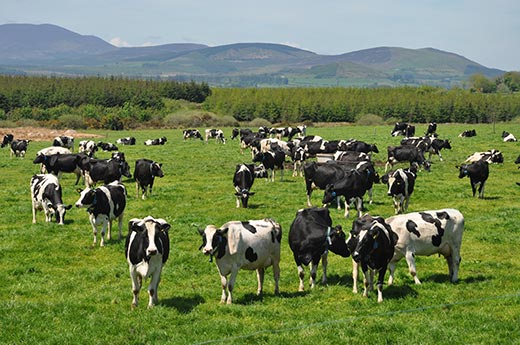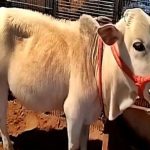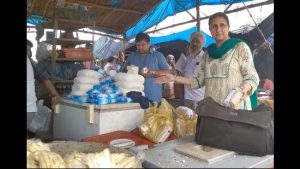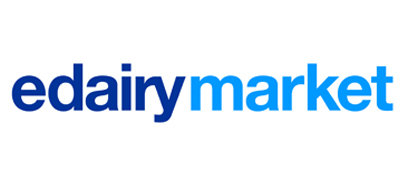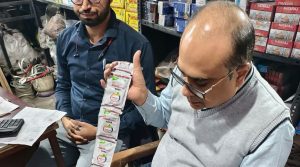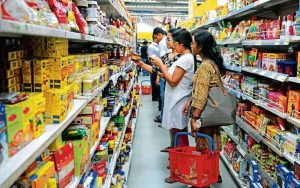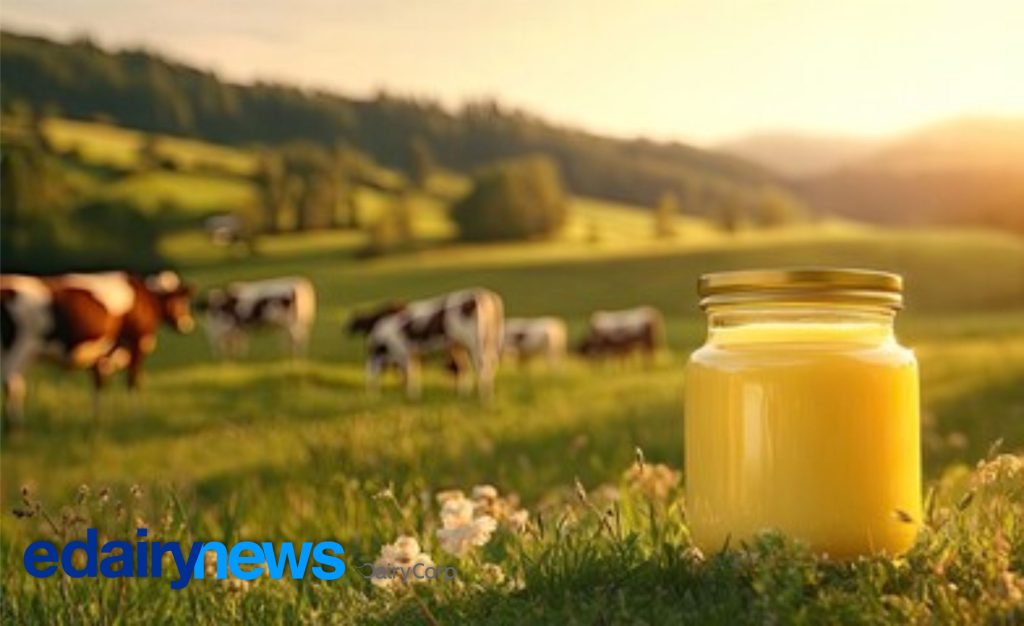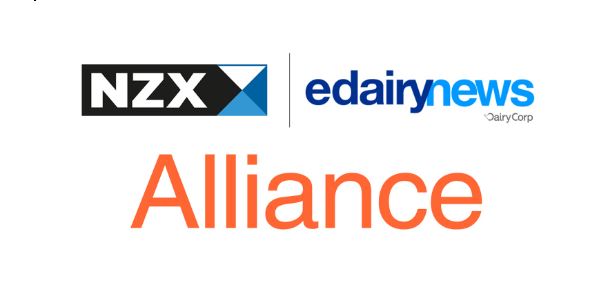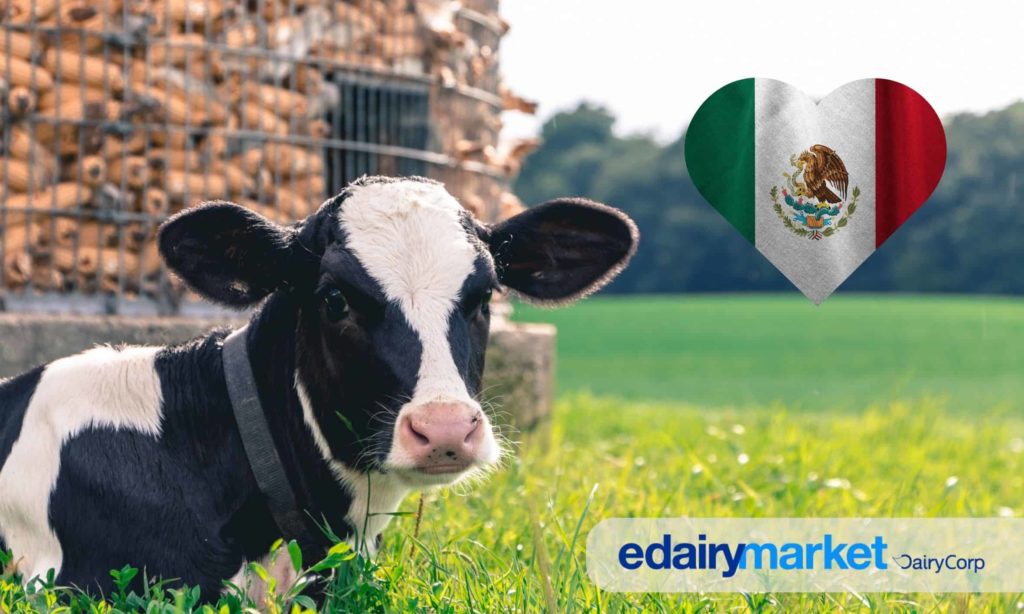
Government scheme establishes over 13,500 dairy units and secures 16,000 jobs while pivoting to a transparent, digitally monitored value chain.
The government of Jammu and Kashmir (J&K) has officially affirmed the Integrated Dairy Development Scheme (IDDS), launched in 2020–21, as a major success in transforming its agribusiness sector. During a legislative assembly session, official data confirmed the initiative’s pivotal role in boosting milk production, fostering rural entrepreneurship, and modernizing regional dairy infrastructure. This outcome demonstrates how targeted government intervention can rapidly scale up dairy capabilities and integrate small and marginal dairy farmers into a modern, value-driven dairy economy.
Over the five years since its launch, the scheme has facilitated the establishment of 13,526 dairy-related units, backed by a cumulative investment of approximately Rs 150 crore (approximately $18 million USD). This vast network includes the creation of 12,151 dairy farms, alongside essential infrastructure like 498 milking machines, 336 milk vans, and 46 bulk milk coolers (BMCs). Furthermore, the scheme has supported value-addition units (58 total) for products like paneer and ghee, and installed 29 milk vending machines, indicating a push toward modern processing and direct-to-consumer access.
Crucially, the IDDS has delivered significant social and economic returns, generating sustainable employment for over 16,000 individuals in rural areas. However, the J&K government is not resting on past success and has introduced the Revised Operational Guidelines of IDDS-2025. This updated framework marks a strategic shift, evolving the scheme from a traditional production subsidy model into a digitally integrated ecosystem centered on transparency, environmental sustainability, and quality assurance.
The IDDS-2025 guidelines introduce several key reforms that are highly relevant to dairy policy analysts. The assistance now covers new units with 2 to 20 animals, supports specialized facilities like refrigerated vans and milk ATMs, and critically, mandates funding for scientific animal waste management systems, including vermi-composting pits and biogas plants. This dual focus ensures milk supply chain strength is balanced with responsible ecological practice, a vital concern for the international dairy community.
Perhaps the most significant overhaul is the shift to digital transparency. The revised scheme implements a milestone-based, 50% capital subsidy model disbursed over two years and linked to verification via two lactation cycles. Progress tracking and verification will be monitored through the Bharat Pashudhan milk-recording portal and a real-time digital output-tracking app. This new digital marketplace ensures equal benefit access for all farmers across the Union Territory, replacing geographically restrictive policies with a regulated, inclusive procurement system.
Source: Review the full report on the Integrated Dairy Development Scheme’s success from Kashmir Life.
You can now read the most important #news on #eDairyNews #Whatsapp channels!!!
🇮🇳 eDairy News ÍNDIA: https://whatsapp.com/channel/0029VaPidCcGpLHImBQk6x1F
